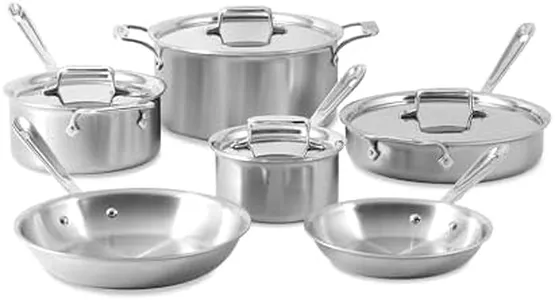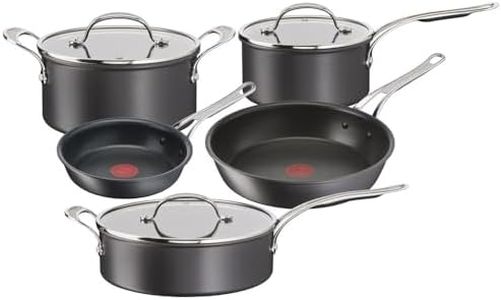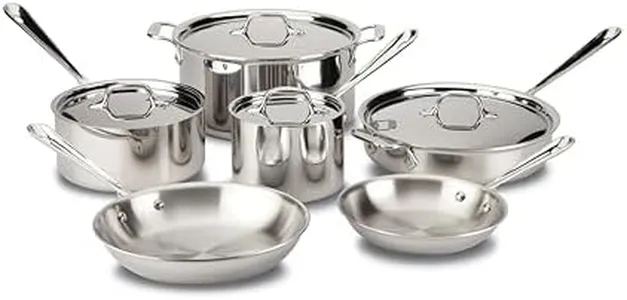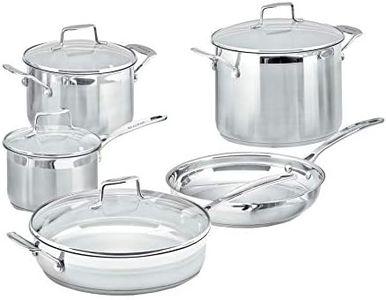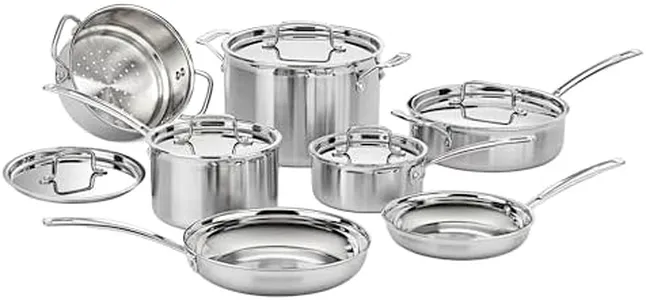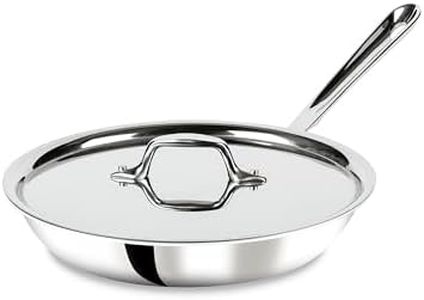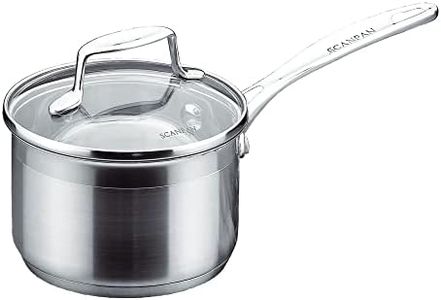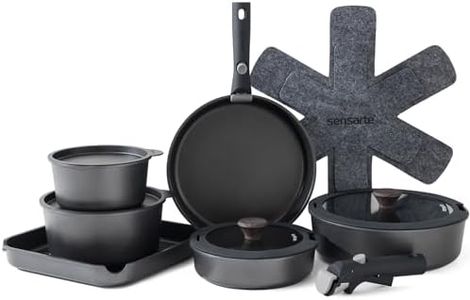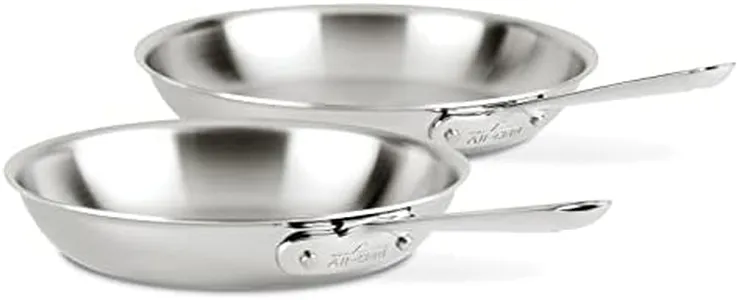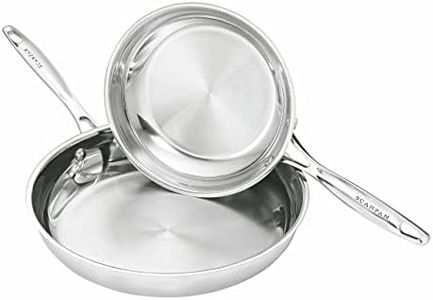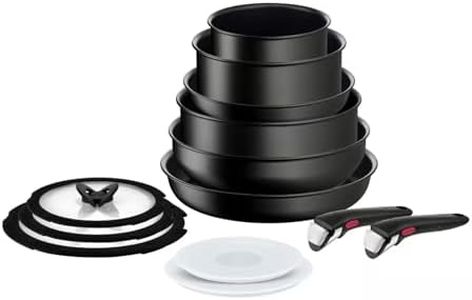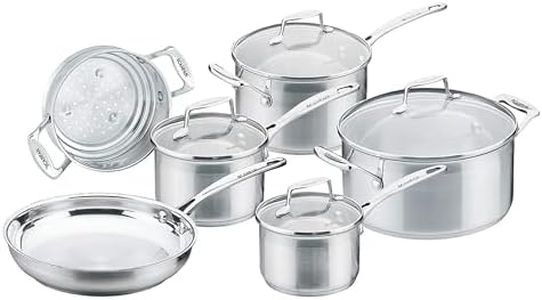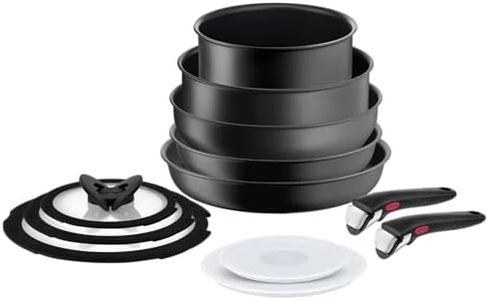We Use CookiesWe use cookies to enhance the security, performance,
functionality and for analytical and promotional activities. By continuing to browse this site you
are agreeing to our privacy policy
10 Best Induction Cookware
From leading brands and best sellers available on the web.Buying Guide for the Best Induction Cookware
Choosing the right induction cookware can make a significant difference in your cooking experience. When shopping, it's important to remember that not all pots and pans are suitable for induction cooktops. Induction cooking relies on magnetism to heat cookware directly, so your main focus should be on materials and features that ensure efficient performance and safety. Understanding the key factors will help you match your cookware to your cooking needs and ensure durability and ease of use.Material CompatibilityMaterial compatibility refers to whether the cookware will work with an induction cooktop. Induction cooktops require cookware with a magnetic base, such as cast iron or certain types of stainless steel. Glass, copper, and most aluminum pans won’t work unless they have a magnetic layer built in. To check quickly, you can see if a magnet sticks to the bottom of the pan—if it does, it's induction compatible. Make sure to choose cookware labeled specifically as 'induction ready' for hassle-free performance.
Base ThicknessBase thickness affects how evenly and efficiently heat is distributed during cooking. Thicker bases generally prevent warping and provide better, more even heating, leading to improved cooking results and less burning or hot spots. Thin-bottomed cookware may heat up too quickly or unevenly, impacting your food’s quality. If you cook often or enjoy simmering and sautéing, choose a pan with a medium to thick base for best results.
Size and ShapeSize and shape are all about matching your cookware to the size of your induction hob and the type of meals you prepare. Pans should ideally cover the cooking zone but not exceed it, as induction hobs work best when the pan size matches the burner. For individual servings or small dishes, a smaller diameter pan is great, while family-sized meals or batch cooking may demand larger or deeper pots. The shape, such as straight-sided or flared, also affects tasks like browning or boiling, so pick shapes that match your cooking habits.
Oven and Dishwasher SafetyOven and dishwasher safety refers to whether your cookware can safely be used in the oven or cleaned in a dishwasher. Some induction cookware has plastic handles or certain coatings that may not withstand high oven temperatures or harsh dishwasher cycles. If you like to finish dishes in the oven or prefer easy cleanup, look for cookware labeled as oven- or dishwasher-safe, paying attention to the specified temperature limits.
Lid Type and Handle DesignLid type and handle design influence usability, comfort, and safety. Lids can be made of glass or metal; glass lids allow you to see inside without letting out heat or steam, while metal lids can handle higher temperatures. Handles should stay cool to the touch and be securely attached, making them safe and comfortable for everyday use. If you have limited storage, handles that are removable or stackable can offer added convenience.
Non-stick or Traditional SurfaceThe cooking surface, whether non-stick or traditional, significantly impacts how food cooks and how easy it is to clean the cookware. Non-stick surfaces make it easier to cook with less oil and clean up afterward but may be less durable over time or require more delicate handling. Traditional surfaces like stainless steel are robust, perform well with browning and deglazing, but may require more effort when washing. Consider your cooking style—if you make a lot of sticky or delicate foods, non-stick may be better; for high-heat searing or durability, opt for traditional surfaces.
